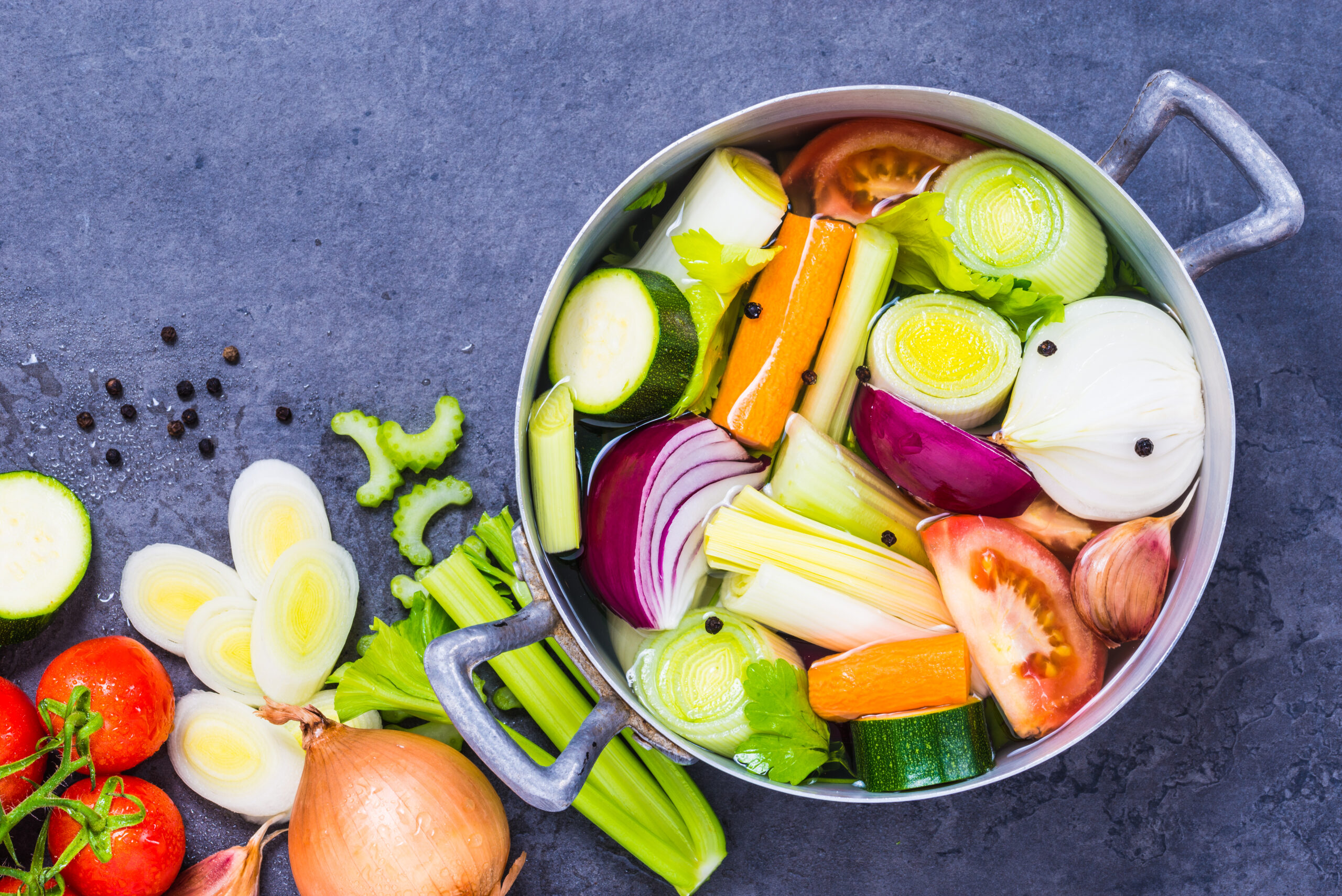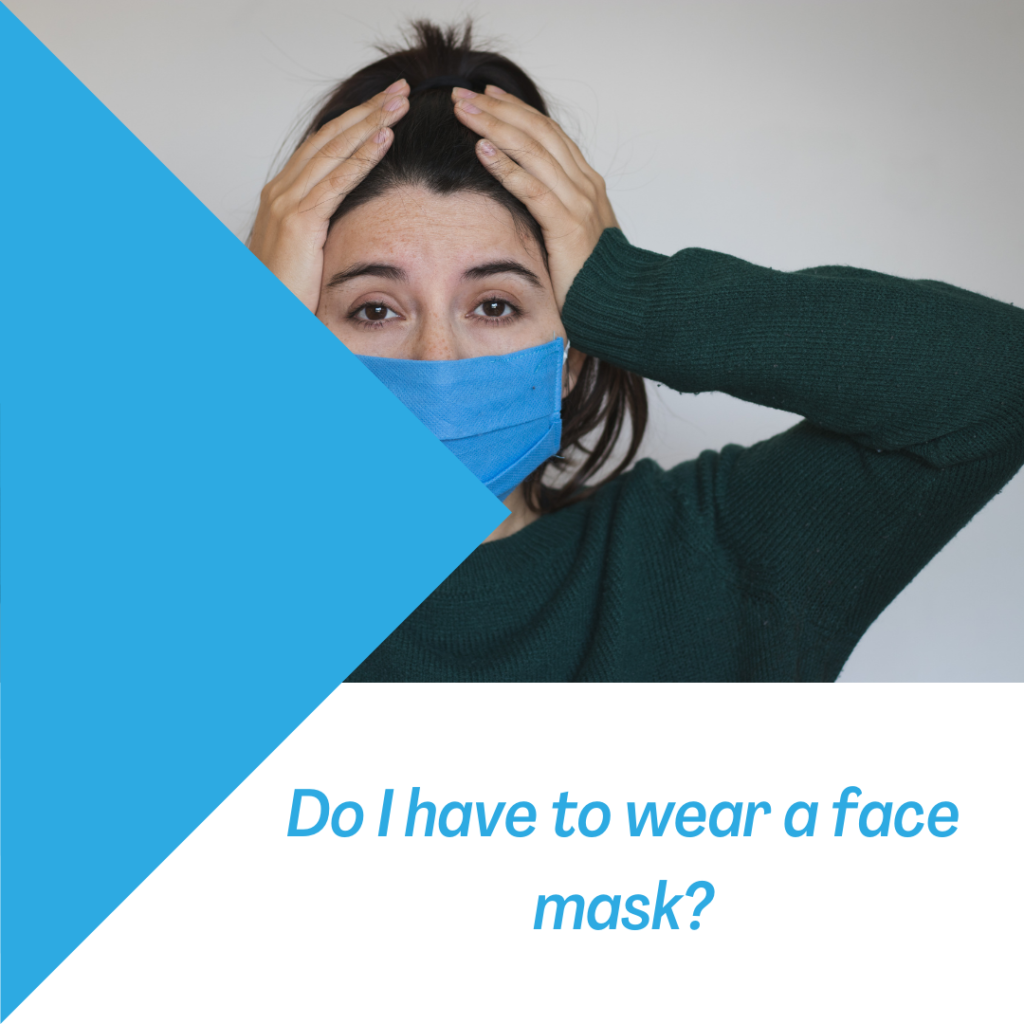Inflammation. A tasty rehab soup?
Ice or heat therapy for pain, which should you use? I explain it like this…It’s a soup!

For this recipe you will need:
One piece of soft tissue (muscle, tendon, ligament)
1tsp – Prostaglandin D2
1tsp – prostaglandin E2
½ tsp- prostaglandin F2
½ tsp – prostaglandin I2 (which is also known as prostacyclin)
1tbsp – thromboxane
5ml – Bradykinin
Pinch of histamine to flavour
Method:
- Place the soft tissue in a vulnerable or weakened position. Repeatedly perform a strenuous activity until there is some discomfort. If you prefer to have the tissue already prepared, it may be called injured.
- Mix the remaining ingredients together in a bowl to create inflammation.
- Place the soft tissue on a surface and insert some of the inflammation into the tissue and rub the remainder over the surface.
- Leave to rest overnight, or until you feel; an ache, throbbing, warmth or redness to the tissue, sharp pain when moving.
The result, a delicious inflammatory soup!
Do I treat my injury with ice or heat then?
This is how I explain inflammation to my patients. It begins to make sense when it is broken down into smaller parts. Inflammation is not just one substance.

It is a mixture of many hormones (hormones are chemical messengers that travel through the bloodstream to create a change elsewhere).
In an acute injury the cells surrounding the injured body part release inflammation. The role of each inflammatory hormone is slightly different, but they all in the aid of helping the injured tissue to heal faster.
Some inflammatory hormones interact with blood vessel walls to relax them (vasodilation). This allows more blood flow to the injured tissue which brings with it the healing properties it needs to recover. Other hormones interact with the nerve endings, sending signals to the brain, effectively telling you stop doing what you are doing, or you will damage yourself further. This is a good thing. This signal is called pain.
The idea behind applying heat to an injury is that it vascularises the area. It promotes blood flow to the injured tissue. Helping spasmed or tight muscles to relax, or injured tissue to heal, faster.
This is not to say that only heat should be used. Sometimes injuries are just too painful to deal with.
Discomfort can make it difficult to concentrate on tasks and can also make you partially or completely immobile. Here, ice can help. In this instance, the cold can reduce the inflammation being produced so there is less pain. The outcome of this is that you may be able to concentrate on a task or move more freely which has the effect of relaxing muscles and improving blood flow… But only if you move! Be warned though, this will also increase your healing time, so there is a trade of sorts to be had.
Of course, all of the above assumes the individual has no underlying health concerns such as chronic inflammation or any inflammatory disease.

